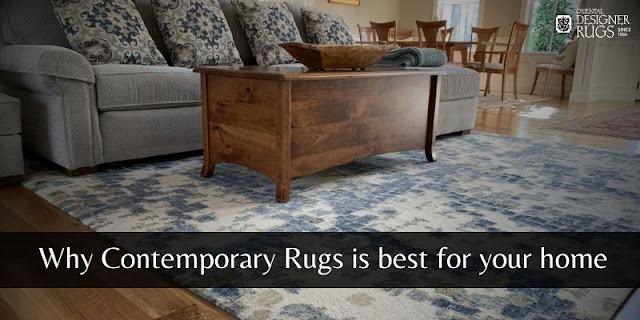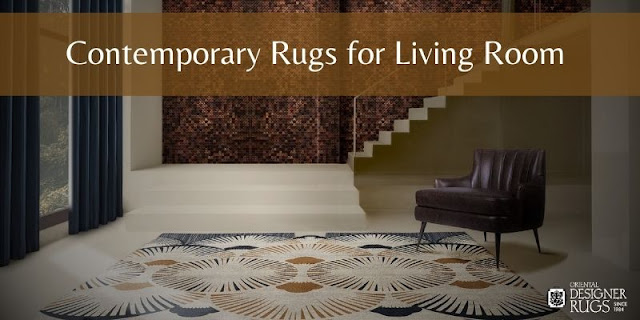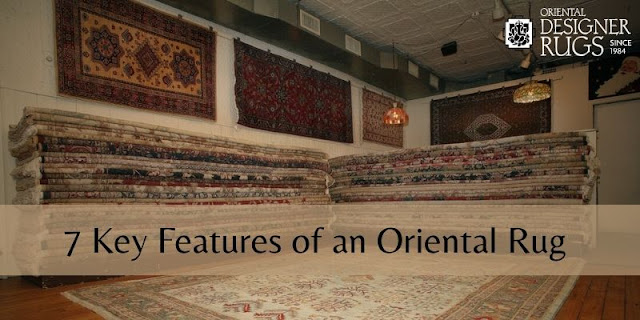Why Contemporary Rugs is best for your home

Contemporary rugs offer several advantages that make them a popular and appealing choice for many homeowners and interior designers. Here are some reasons why contemporary rugs are considered the best by many: Modern Aesthetics: Contemporary rugs are designed with modern aesthetics in mind. They often feature bold colors, abstract patterns, and innovative designs that complement contemporary interior styles. These rugs can add a touch of sophistication and elegance to any room. Versatility: Contemporary rugs come in a wide range of designs, sizes, and shapes. This versatility allows them to fit into various living spaces, from traditional homes to modern apartments. Whether you have a minimalist interior or a more eclectic decor, contemporary rugs can seamlessly blend in or make a statement. High-Quality Materials: Contemporary rugs are often crafted from high-quality materials, such as wool, silk, or synthetic fibers. These materials ensure durability and longevity, making the rug...
.png)

